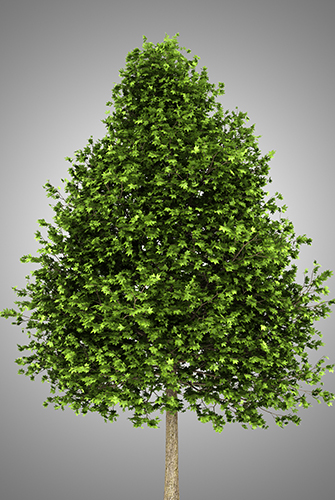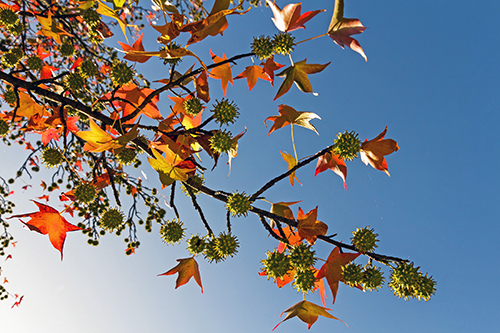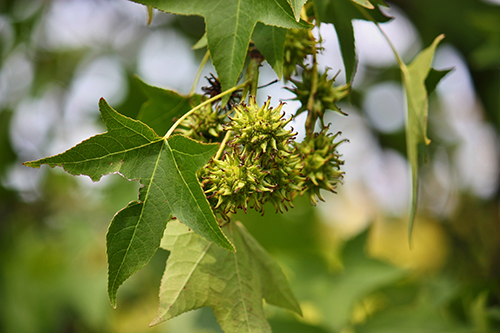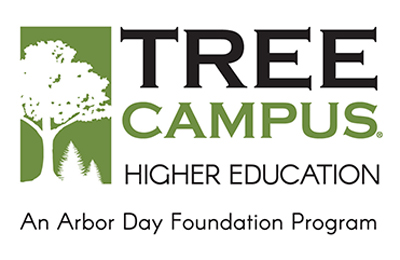Sweetgum
Liquidambar styraciflua
The Sweetgum is a large, frequently encountered forest tree. It occurs in hammocks, rich river bottoms, and swamps, as well as on drier lands as far south as Lake Okeechobee. This tree is usually abundant in second growth in old fields and in cut-over woods. The bark is a dark gray, roughened by corky scales, later becoming deeply furrowed. After the second year, the twigs sometimes develop two to four corky outgrowths of the bark, which give them a winged appearance.
Simple, alternate, star-shaped, five-to-seven-pointed leaves with serrated lobes, are four to seven inches across and very aromatic. The tree provides some of Florida's most reliable fall color, with leaves ranging from pale yellow through orange and red to a deep burgundy.
Separate male and female flowers are found on the same tree. The males are in upright clusters while the females are in nodding balls. Both are green and generally inconspicuous.
At first glance, the fruits are similar to those of the Sycamore, but on closer inspection, prove to be much more prickly. They measure an inch or more in diameter and are made up of many capsules with projecting spinelike tips. They frequently hang on the tree by long swinging stalks late into the winter.
The wood is heavy, moderately hard, close-grained, but not durable on exposure. The reddish brown heartwood, which suggests the name "red gum," is not present to any appreciable extent in logs under 16 inches in diameter. It is used for flooring, interior finish, paper pulp and veneers, sometimes called imitation Mahogany or Circassian Walnut when applied to furniture.
Visit our Tree Campus homepage for more information.
Tree information provided with permission of the Florida Department of Agriculture and Consumer Services for more information visit https://www.fdacs.gov/.




